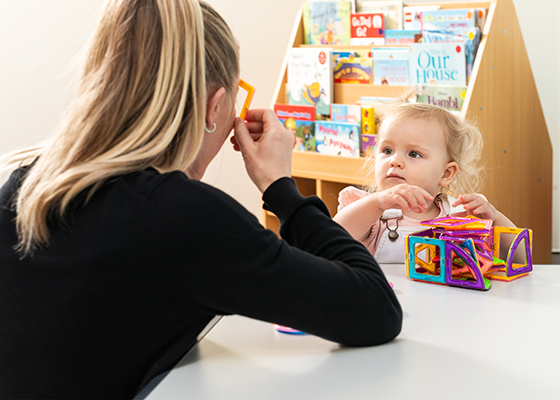Search
Showing results for "1"
Research
Multigenerational Familial and Environmental Risk for Autism (MINERvA) NetworkEmma Helen Glasson Leonard BPsych BSc (Hons) PhD MBChB MPH Senior Research Fellow Principal Research Fellow +61 419 956 946 emma.glasson@
Research
Genome-wide association study of IgG1 responses to the choline-binding protein PspC of Streptococcus pneumoniaeDelayed development of antibodies to S. pneumoniae in infancy is associated with the development of atopy and asthma.
Research
Family satisfaction following spinal fusion in Rett syndromeWe evaluated family satisfaction following spinal fusion in girls with Rett syndrome
Research
First genome-wide association study in an Australian Aboriginal population provides insights into genetic risk factors for body mass index and type 2 diabetesA body mass index (BMI) >22kg/m2 is a risk factor for type 2 diabetes (T2D) in Aboriginal Australians.
Research
Gaps in Indigenous disadvantage not closing: A census cohort study of social determinants of health in Australia, Canada, and New Zealand from 1981-2006Australia, Canada, and New Zealand are all developed nations that are home to Indigenous populations which have historically faced poorer outcomes than their...
Research
Perinatal risk factors associated with skin infection hospitalisation in Western Australian Aboriginal and Non-Aboriginal childrenWe have quantified the relative influence of perinatal risk factors associated with skin infection hospitalisations in WA children
Research
Genetic and functional evaluation of the role of CXCR1 and CXCR2 in susceptibility to visceral leishmaniasis in north-east IndiaIL8RA and IL8RB, encoded by CXCR1 and CXCR2, are receptors for interleukin (IL)-8 and other CXC chemokines involved in chemotaxis and activation of...
Research
Unraveling the genetics of otitis media: From mouse to human and back againOtitis media (OM) is among the most common illnesses of early childhood, characterised by the presence of inflammation in the middle ear cavity...
On this Research Impact page, we list stories helping to show our exciting in-progress research currently "in the pipeline" towards translation. This is research which shows a real spark of potential to make a significant difference to children and families worldwide.

News & Events
Five tips to help autistic kids communicateSpeech Pathologist and Research Development Manager Sarah Pillar shares her strategies for supporting autistic children to communicate.
